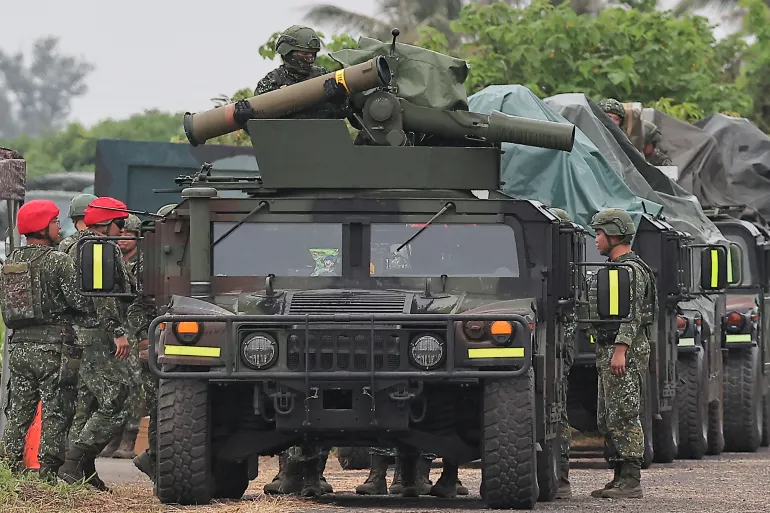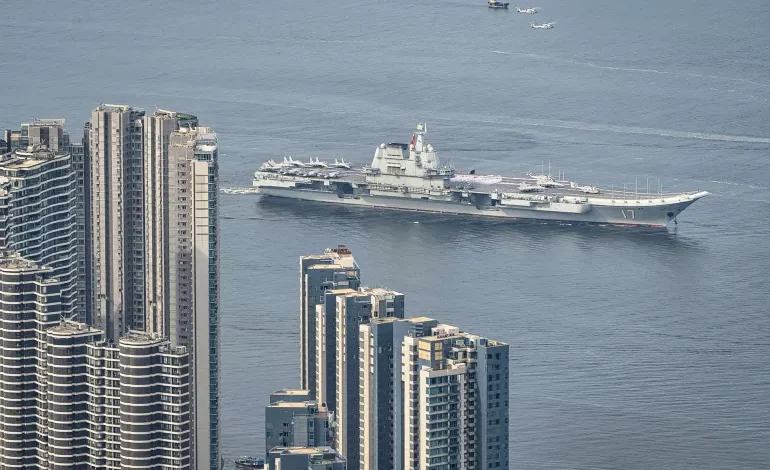When Chinese and Russian warships carried out joint drills in the Sea of Japan earlier this month, it barely made a ripple. But weeks earlier, Beijing staged something far more significant: the simultaneous deployment of its two aircraft carriers into the Pacific for the first time.
Maritime expert and former U.S. Air Force Colonel Ray Powell called it a “historic” moment.
“No nation except the U.S. has operated dual carrier groups at such distances since World War II,” said Powell, who heads the SeaLight project at Stanford University.
For China, the move was more than just a training exercise. It was a signal that Beijing is edging closer to President Xi Jinping’s goal of building a “world-class” navy by 2035. The message, Powell noted, was clear: China can now contest and even deny U.S. access to critical sea lanes in its neighborhood.
China’s state media described the maneuvers as “far-sea combat-oriented training.” The Global Times, a party-linked outlet, went further, boasting that China will soon enter the “three-carrier era” once its Fujian vessel joins the Liaoning and Shandong later this year.
Beijing already boasts the world’s largest navy by fleet size, with more than 370 ships compared to the U.S. Navy’s 251. But Washington still holds key advantages: 11 nuclear-powered carriers versus China’s diesel-run fleet, along with a global logistics network and cutting-edge nuclear submarine technology.
Still, Powell warned the gap is narrowing fast. “China fully intends to close these gaps and is applying tremendous resources toward that end,” he said. With superior shipbuilding capacity, Beijing has shown it has the potential to reach parity sooner than many expect.
For now, China’s focus isn’t projecting power globally. Instead, it’s about dominating East Asia, either by shifting the regional balance so rivals accept Chinese primacy, or, if necessary, by defeating them. That prospect alarms neighbors.
Japan, already on edge amid frequent Chinese confrontations with the Philippines, is watching closely. After confirming the dual-carrier operation in June, Japan’s defense ministry said Beijing appeared determined to “advance its operational capability of the distant sea and airspace.”
With Washington under Trump seen as turning inward, Tokyo has cast itself as a stabilizing force in what it now calls “the most severe and complex security environment since the end of World War II.”










The latest news in your social feeds
Subscribe to our social media platforms to stay tuned